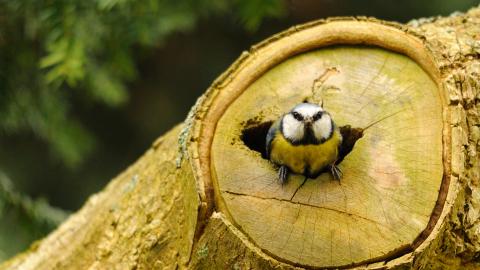Alan Wright

Amy Lewis
Location
Know before you go
Dogs
When to visit
Opening times
Open at all times.Best time to visit
Spring to SummerAbout the reserve
Once part of a railway-line from Preston to Southport, Cop Lane has reinvented itself as a wildflower haven where birds and insects thrive.
In spring and summer the reserve erupts with a riot of colour. Ragged robin, angelica and mayflower flourish in the wetter areas of the reserve, while the drier areas provide perfect conditions for oxeye daisies and the canary yellow bird’s-foot trefoil.
Bramble and hawthorn cover the railway embankment, offering cover and food for birds, and nectar for insects. In autumn, wasps take advantage of the bountiful blackberry crop.
Our management of Cop Lane has encouraged five species of orchid to flower. Common spotted, northern marsh, early marsh and bee orchids have all been recorded here, as well as the delicate common twayblade. The bee orchids in particular are testament to how we are helping Cop Lane to thrive; more than 30 spikes have been counted in some years. Please be careful as you walk around the grassland as the flowers are particularly sensitive to trampling.
Butterflies flutter and bees buzz around goat willow and hawthorn trees that also provide food and shelter for birds. Blue tits, great tits, blackbirds and willow warblers all feed and nest at Cop Lane, while on the ground, small tortoiseshell, red admiral, painted lady, wall brown, common brown and orange tip butterflies take advantage of the nectar-rich flowers.
